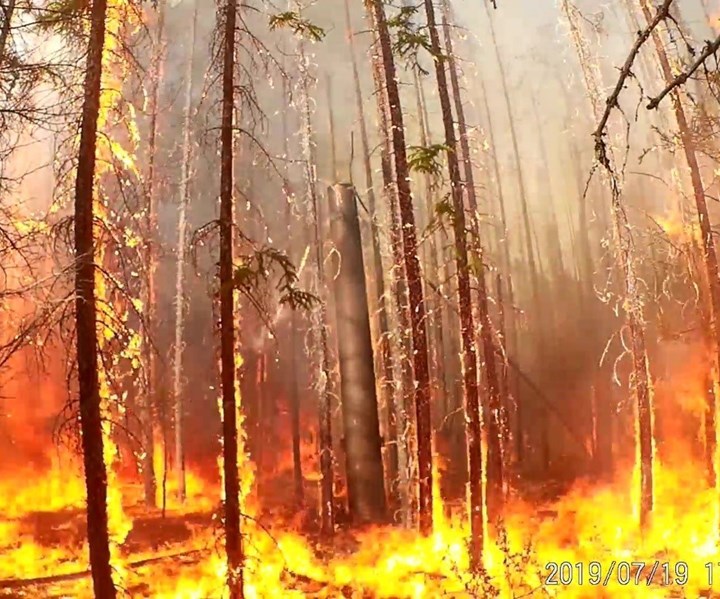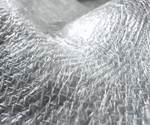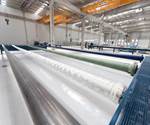Composite pole and fire shield successfully endure forest fire tests
The test was part of an initiative by RS Technologies Inc. to develop new test methods for fiber-reinforced utility poles.

Source | RS Technologies Inc.
RS Technologies Inc. (RS; Tilbury, Ontario, Canada) recently announced that an RS utility pole, protected with an RS Fire Shield made from fiber-reinforced polymer (FRP), has survived forest fire conditions in Canada's Northwest Territories with no damage to the pole and minimal damage to the RS Fire Shield.
According to the company, until recently the utility industry has largely relied on building material-related, coupon-sized flammability tests to characterize the fire performance of utility poles. For composite poles specifically, these tests included the UL 94 Standard for Tests for Flammability of Plastic Materials for Parts in Devices and Appliances and the Standard Test Method for Rate of Burning and/or Extent and Time of Burning Plastics in a Horizontal Position.D635-14ASTM
Beginning in 2011, RS undertook an initiative to design a reliable, quantitative test method that would simulate an actual full-scale fire, of a severe to extreme nature, as its flame front moves through a utility line right-of-way. To accomplish this, RS worked with third-party forest fire expert Mark Ackerman from the University of Alberta in Edmonton, Canada. The resulting test method uses a steel sheath that is placed around the base of an embedded pole. Flames are then introduced to the annular space between the pole and the sheath by the controlled ignition of propane. The heat flux, flame temperature and exposure duration are designed to represent a “severe” (two-minute exposure) or “extreme” (three-minute exposure) wildfire event. Additionally, the fire-exposed poles can be full-scale bend tested per the ASTM D1036 Standard Test Methods of Static Tests of Wood Poles to quantify any loss of strength and/or stiffness.
As the most recent part of this ongoing program, an RS pole protected with an RS Fire Shield was embedded in a forest in northern Canada. In a controlled burn exercise, the surrounding area was ignited to start a forest fire.
“This real-world wildfire test reinforces that RS poles and Fire Shields are a proven solution for utilities dealing with high fire risk environments,” says Howard Elliott, president and CEO.
Following ignition, the fire approached, engulfed and continued past the pole. The fire exposure time was approximately 30 seconds with flame temperatures reaching nearly 1,000°C (1,832°F). After the fire passed, the pole self-extinguished due to the inherent material properties of the fiberglass and resin the pole was constructed with. Upon inspection, RS says that the Fire Shield was found to have exhibited some surface charring, while the underlying pole showed no signs of damage and hence retained its initial structural strength and stiffness.
“The temperature and speed of this forest fire have demonstrated that the fire testing protocols used by RS — including the duration times for both severe and extreme fire conditions — are scientifically representative. RS looks forward to continuing to lead the industry with this type of applied research and product deployment,” says Elliott.
Related Content
-
Sulapac introduces Sulapac Flow 1.7 to replace PLA, ABS and PP in FDM, FGF
Available as filament and granules for extrusion, new wood composite matches properties yet is compostable, eliminates microplastics and reduces carbon footprint.
-
Infinite Composites: Type V tanks for space, hydrogen, automotive and more
After a decade of proving its linerless, weight-saving composite tanks with NASA and more than 30 aerospace companies, this CryoSphere pioneer is scaling for growth in commercial space and sustainable transportation on Earth.
-
Bio-based acrylonitrile for carbon fiber manufacture
The quest for a sustainable source of acrylonitrile for carbon fiber manufacture has made the leap from the lab to the market.

.jpg;width=70;height=70;mode=crop)













